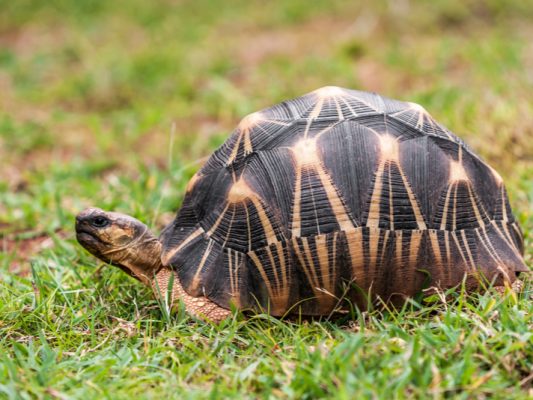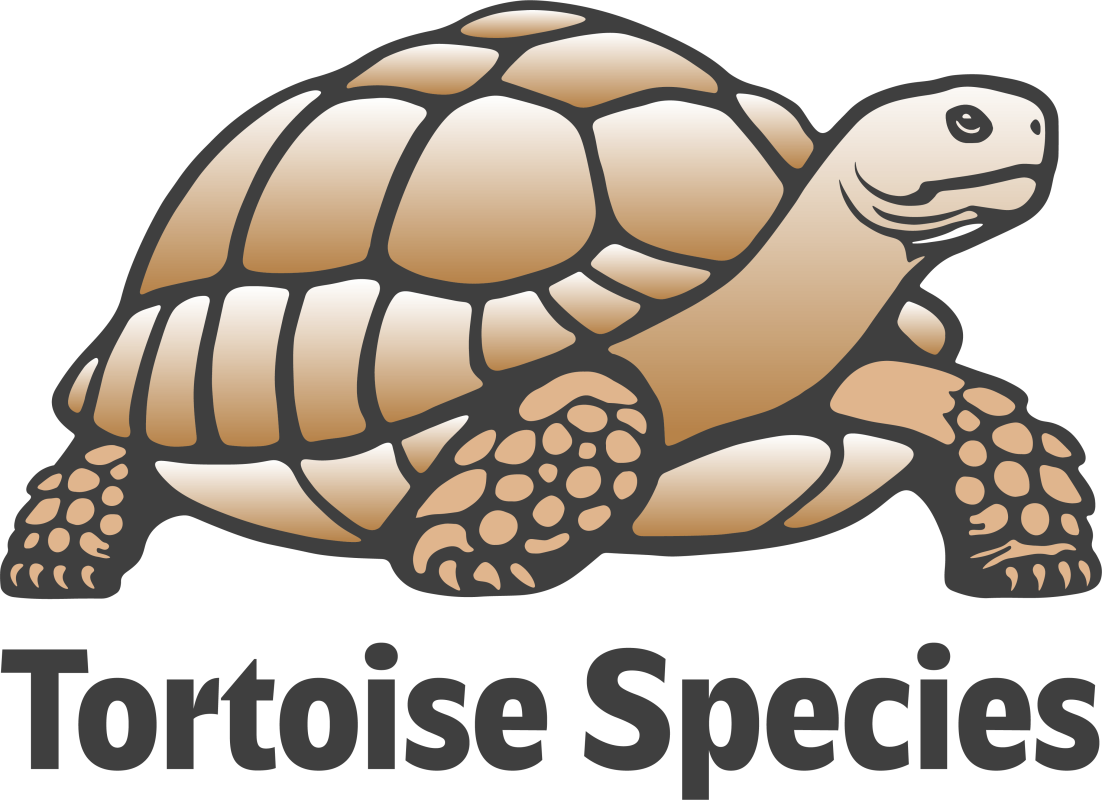The radiated tortoise (Astrochelys radiata) stands as one of nature’s most exquisite reptilian marvels, captivating enthusiasts with its stunning star-shaped shell and unique characteristics. Native to the southern regions of Madagascar, this extraordinary creature represents not just a fascinating species, but a critical symbol of wildlife conservation in one of the world’s most biodiverse ecosystems.

Characteristics and Physical Appearance
Distinctive Shell and Markings
The radiated tortoise earns its name from its most remarkable feature: a beautifully intricate shell adorned with star-like patterns. Each shell is a unique masterpiece, featuring:
- Vibrant black base color
- Radiating yellow or golden star-shaped patterns
- Intricate geometric designs that make every individual tortoise distinctive
Size and Physical Attributes
Adult radiated tortoises typically measure:
- Length: 40-50 centimeters (16-20 inches)
- Weight: 16-18 kilograms (35-40 pounds)
- Notable physical characteristics include robust limbs and strong, adapted claws for traversing varied terrain
Habitat and Natural Environment

Geographic Distribution
Exclusively found in Madagascar’s southern regions, radiated tortoises inhabit:
- Dry spiny forests
- Savannah landscapes
- Semi-arid grasslands
These ecosystems provide crucial environmental conditions supporting their survival, including:
- Moderate temperatures
- Sparse vegetation
- Access to ground-level water sources
Diet and Nutrition
As herbivorous reptiles, radiated tortoises have a specialized diet consisting of:
- Various plant materials
- Grasses
- Fruits
- Succulent vegetation native to Madagascar’s landscapes
Their digestive system has evolved to extract maximum nutrition from relatively sparse vegetation, demonstrating remarkable adaptive capabilities.
Behavior and Social Structure

Daily Activities
Radiated tortoises exhibit fascinating behavioral patterns:
- Diurnal creatures, most active during daylight hours
- Regular basking to regulate body temperature
- Territorial yet not intensely aggressive
- Slow-moving but deliberate in their movements
Reproduction and Life Cycle

Breeding Characteristics
- Females lay 3-12 eggs per clutch
- Eggs incubate for approximately 5-8 months
- Hatchlings emerge with miniature versions of adult shell patterns
Lifespan
One of the most remarkable aspects of radiated tortoises is their extraordinary longevity:
- Average lifespan: 70-100 years in optimal conditions
- Some individuals have been documented living over 120 years
Conservation Status and Challenges
Endangered Species
The radiated tortoise faces significant conservation challenges:
- IUCN Red List Status: Critically Endangered
- Primary threats include:
- Habitat destruction
- Illegal pet trade
- Climate change impacts
- Human encroachment
Conservation Efforts
Multiple strategies are being implemented to protect this species:
- Habitat preservation programs
- Strict international trading regulations
- Captive breeding initiatives
- Public education and awareness campaigns
Keeping Radiated Tortoises as Pets

Responsible Ownership
For enthusiasts considering a radiated tortoise as a pet, critical considerations include:
- Extensive habitat requirements
- Specialized diet
- Significant long-term commitment
- Potential legal restrictions
- Ethical sourcing from responsible breeders
Important Note: Due to their endangered status, potential owners must thoroughly research and comply with legal and ethical guidelines.
Research and Future Outlook
Ongoing scientific research focuses on:
- Population monitoring
- Genetic diversity preservation
- Habitat restoration techniques
- Understanding climate change impacts
Conclusion
The radiated tortoise represents more than just a remarkable reptile—it embodies the delicate balance of Madagascar’s unique ecosystem. By understanding, respecting, and actively participating in conservation efforts, we can help ensure these extraordinary creatures continue to thrive for generations to come.
Quick Reference Guide
- Scientific Name: Astrochelys radiata
- Habitat: Southern Madagascar
- Diet: Herbivorous
- Lifespan: 70-100 years
- Conservation Status: Critically Endangered





